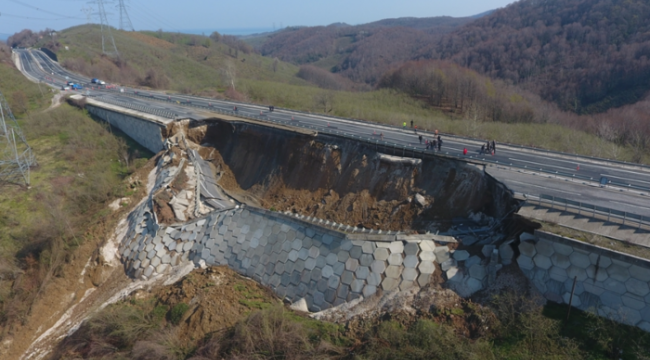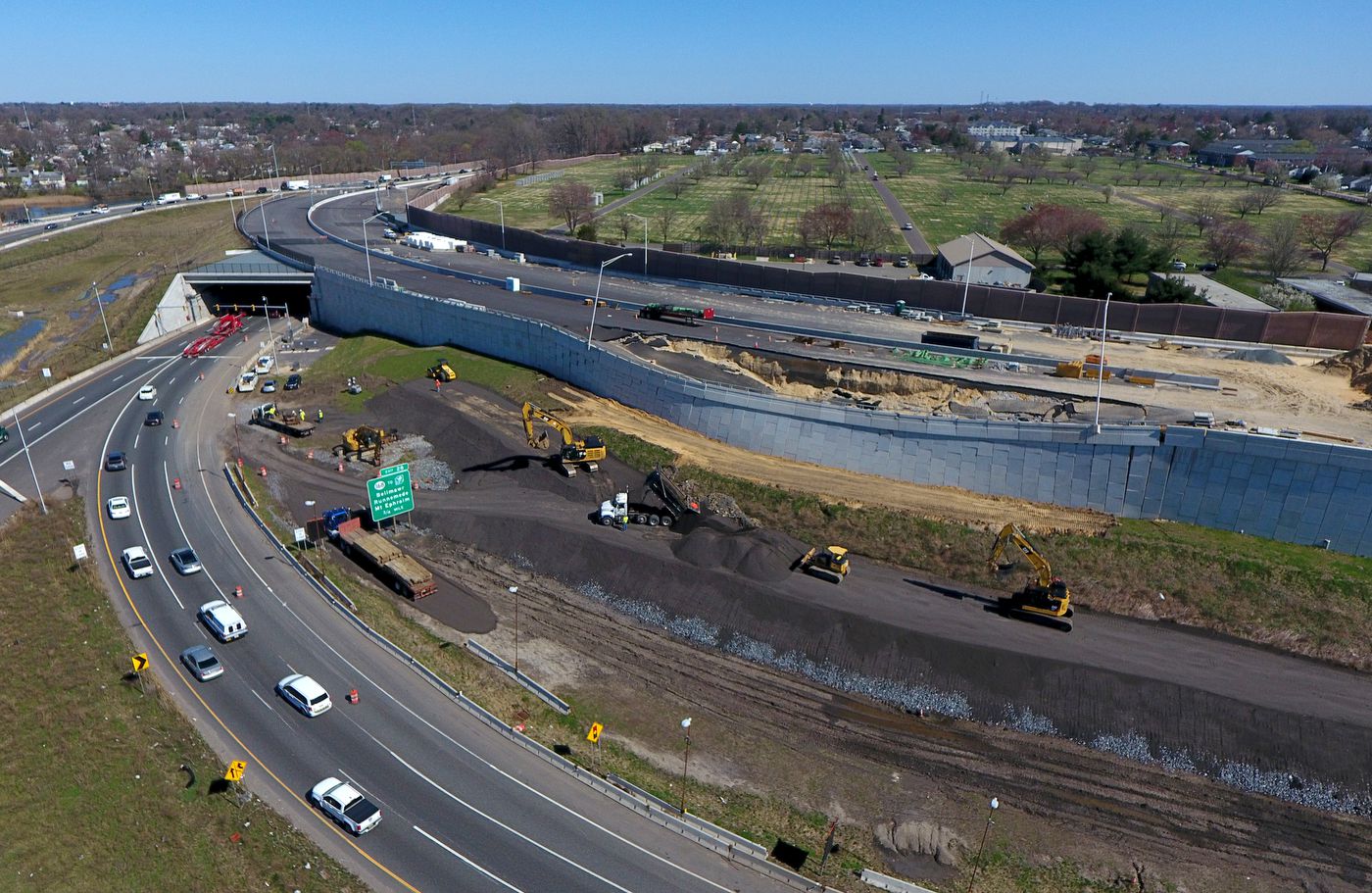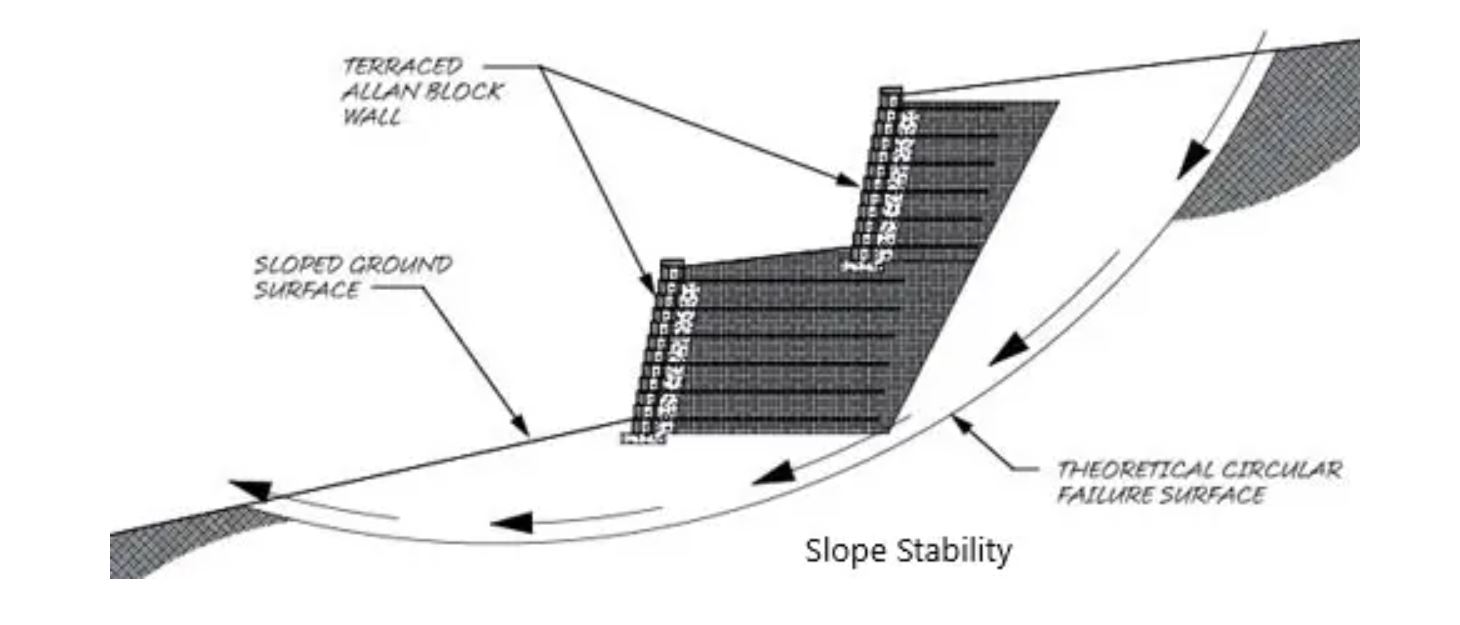13 December 2021
The failure of retaining walls
Posted by Dave Petley
The failure of retaining walls
Retaining walls are an essential part of modern construction. In general they perform remarkably well; occasionally they fail and find their way onto this blog. You should be able to find a list of examples here, and some posts have included videos and spectacular photographs, such as this:-

The highway slope failure at Düzce Zonguldak in Turkey on 26 March 2021. Image from Haber Golkoy.
.
Loyal reader George Haeh has very kindly highlighted a link to an interesting video that describes types of retaining walls and the mechanisms through which they may fail. The video should be embedded below:-
.
Whilst it is not technical, it is a good summary. An interesting aspect of the video is that it includes an interesting example of a retaining wall failure from New Jersey:-

A retaining wall failure on I-295 in New Jersey in April 2021. Image from NJ.com.
.
This failure of a retaining wall has further delayed an already deeply troubled project (it was originally supposed to be completed in 2022, even before the failure this had been delayed until 2028. In this case an investigation has indicated that the problem may have been higher than anticipated groundwater levels that caused “a partial collapse of a column-supported embankment system”. It is interesting to note that in the image above it appears that mass was being added to the toe of the slope, which is sensible way to stabilise the slope temporarily.
One of the key failure modes for retaining walls is a slope failure that goes through material upon which the wall has been constructed. This is the idealised cross section of such a failure:-

An idealised cross section of one key mode of failure of a retaining wall. Image from structuralguide.com.
.
Readers may spot some similarities between this cross section and the examples shown above. Way back in 2010 I highlighted another really interesting case study, at the Rivermist subdivision in San Antonio, Texas.


 Dave Petley is the Vice-Chancellor of the University of Hull in the United Kingdom. His blog provides commentary and analysis of landslide events occurring worldwide, including the landslides themselves, latest research, and conferences and meetings.
Dave Petley is the Vice-Chancellor of the University of Hull in the United Kingdom. His blog provides commentary and analysis of landslide events occurring worldwide, including the landslides themselves, latest research, and conferences and meetings.
good